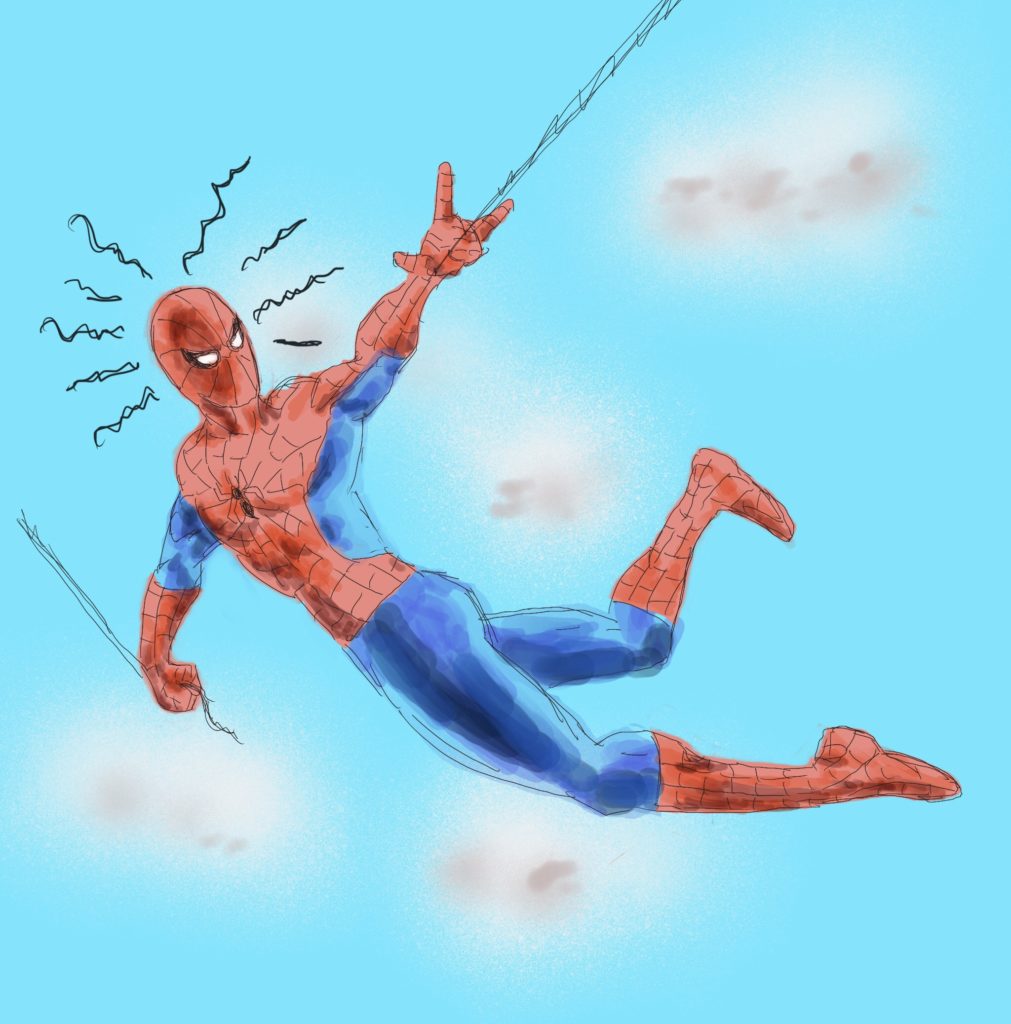
Imagine having the ability to dispatch forty armed assailants with your bare hands. Or the agility to dodge heavy machine gun fire unscathed. Or the strength and speed to take on interstellar opponents. Of course, our friendly neighborhood Spider-Man can do these things because he has the proportionate strength and speed of a spider.
But the foundation of all of his amazing ability is his “spidey sense”, his extra sensory perception that warns him of all forms of danger. When his spidey sense “tingles”, he knows he’s about to be punched, or that an energy burst from a blaster is coming, or someone is about to drop a bucket of paint on his head. And since he knows what’s about to happen, he can handle it appropriately: punch back, get out of the way or simply do nothing.
Wouldn’t you love it if you had a spidey sense? I would! If you could just peer a little bit into the future to see what harm may befall you, imagine how prepared and ready you would be to handle what life has to throw at you.
Actually, you already have this superpower. Mother Nature is no fool. We call this superpower “fear” and it does for us what Spidey’s sense does for him. Fear warns us of danger. Fear tells us when to fight, when to flee and when to stand our ground and do nothing at all.
It is possible to be truly fearless, i.e., feel no fear at all, but this is a very bad state to be in. To be truly fearless, you would have to be cut off from your amygdala—essentially the reptilian part of your brain. There are such people running around, who by genetic circumstance or brain injury cannot feel fear at all. They tend to walk right into the middle traffic. When a punch is thrown, they don’t know why they should get out of the way. In the face of a predator, they feel no need to run. Without outside protection, they are not likely to make it into the next round of life.
You need the gift of fear. Evolution gave it to you for a reason. Evolution wants you alive and ready to procreate.
The problem is not fear but an excessive attachment to it. This is what happens to my students when they see a problem they don’t understand. Their anxiety goes through the roof and understandably so. They’ve been told over and over that their future is on the line. And it is.
So what to do with the gift of fear at that exact moment? When the amygdala starts blaring, all mental processing is taken away from the neocortex—the part that’s brilliant at math—and drawn to their reptilian brain—the part that knows about—among other things—digestion. How to get the focus back on their brilliant neocortex?
You can try to ignore the fear, but that won’t work since any ignored emotion will simply return more intensified. You can challenge the fear but—like ignoring it—it will simply make it stronger. Why not do what Spidey does when his spider sense tingles? He pays attention to it. Then he decides what to do, whether it be fight or flee. Note that he does not do what his spider sense tells him to do. He listens to it, evaluates its warning then he decides and acts.
Fear is not designed to tell you what to do. It tells you that there’s a threat and you might need to do something, but the decision is left entirely up to you. But how can you make a good decision when your fear is at its most intense and you amygdala is demanding all of your attention?
You can breathe. Deeply, evenly and consciously.
This sounds simple but the decision to breathe deeply and consciously actually sets off a complex series of neurological events. This decision to focus wrests control of your brain from your primitive amygdala to your far more intelligent and advanced neocortex.
You don’t need to take my word for it. Take it from the experts in fear management: the United States Military. This is the breathing technique the US Navy teaches to prepare for extreme situations (“extreme” meaning the probability of a life terminating event is high, aka death): Combat Tactical Breathing
Relax yourself by taking 3 to 5 breaths as described below. Visualize each number as you count.
Breathe in counting 1, 2, 3, 4
Stop and hold your breath counting 1, 2, 3, 4
Exhale counting 1, 2, 3, 4
Repeat the breathing
Breath in counting 1, 2, 3, 4
Pause and hold your breathe counting 1, 2, 3, 4
Exhale counting 1, 2, 3, 4
Navy SEALs use it. First responders use it. Professional athletes use it.
Try it. I will! I will teach it to my kids. Let me know how it goes. Maybe instead of fear being a master, we can turn fear into a very good and wise friend.

